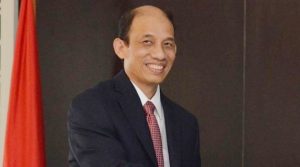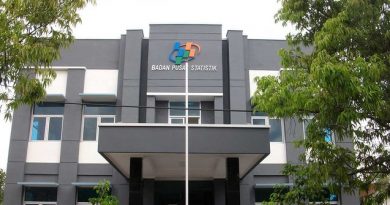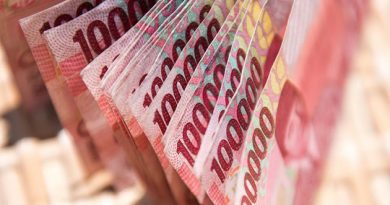Minister Explains Gross Split Scheme at Indonesia-Norway Forum

Deputy Minister of Energy and Mineral Resources (ESDM) Archandra Tahar explained the gross-split system in oil and gas production sharing during an Indonesia-Norway Energy Forum.
The governments of Indonesia and Norway are holding an Indonesia-Noway Energy Workshop to increase cooperation in the energy sector between the two countries.
The cooperation marks the strengthening of relations between Indonesia and Norway in the energy sector, noted Tahar in the ESDM Ministry office, Thursday .
The workshop is organized in cooperation with the ESDM ministry and the Norwegian Embassy in Jakarta. Indonesia is experiencing rapid economic growth now, stated Tahar.
With the shifting of the paradigm from energy as a commodity to energy as the driver, economic growth must be complemented with reforms in the oil and gas industry.
“We are now working hard to attract many investors to work jointly with us in the exploration activities, increase production and develop the energy infrastructure,” the deputy minister remarked.
Indonesia should ensure it still has the opportunity to enjoy more than what it is having today, he stressed.
Tahar also explained the need to ensure the role of oil and gas in promoting sustainable economic growth by inviting more investment.
“We have simplified the number of oil and gas regulations from 104 to six. On the upstream side, we have revised the cost recovery scheme into a gross split scheme,” maintained Tahar.
The shift from the cost recovery scheme to the gross split scheme offers certainty, simplification and efficiency. Gross split offers business certainty to investors because the parameters in the split are more transparent and measurable, he emphasized.
This parameter is based on field characteristics and complexity in development and production. The gross split scheme is based on 13 components, including 10 variable components and three progressive components. Among these components are the location of the field, both onshore or offshore, depth, and the existing infrastructure.
“In 2014 and 2015, none of the work areas offered were taken. In 2017, five of the 10 work areas were taken. Last week, the implementation of the gross split scheme was signed through the Andaman I and Andaman II working area contracts as offshore work areas,” mentioned Tahar.
Courtesy : Antaranews.Com
Photo : wowkeren.com
[social_warfare buttons=”Facebook,Pinterest,LinkedIn,Twitter,Total”]



